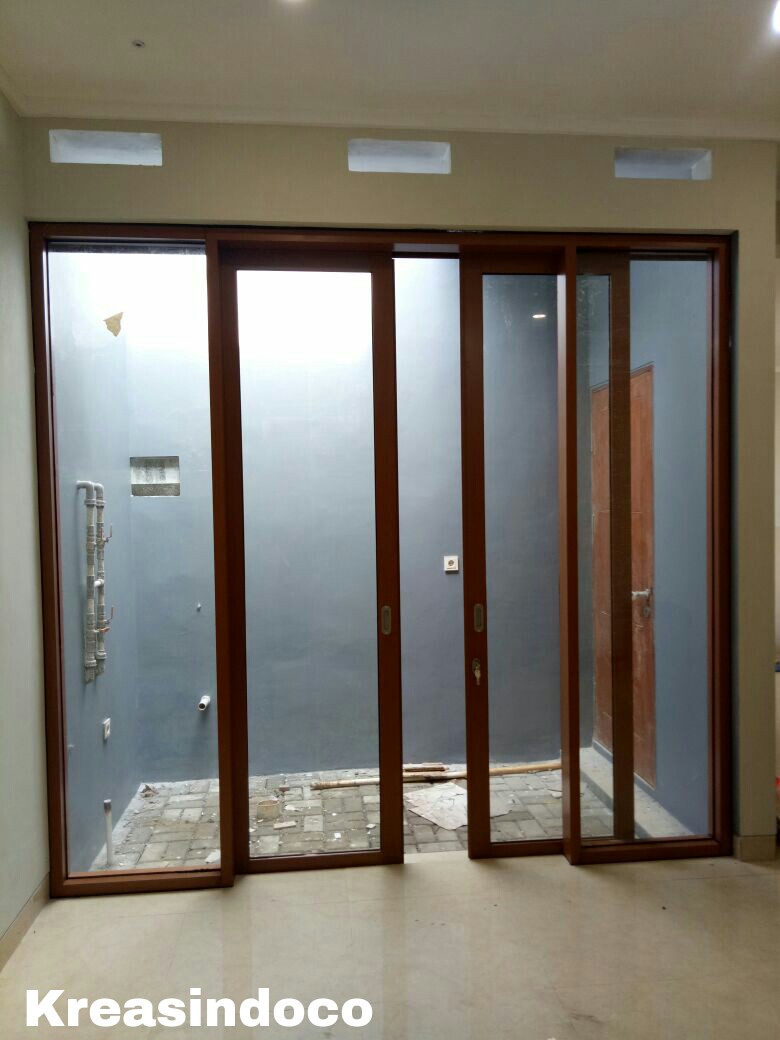The Science Behind Aluminium's Melting Point
Aluminium is some sort of versatile metal along with a melting point that is drastically lower than several other metals, which makes it especially within various commercial processes.  Melting Stage of Aluminium Lightweight alloy melts at around 660. 32°C (1220. 58°F). This comparatively low melting level for a metal permits it to be easily melted down and recast in to various shapes, which is essential intended for manufacturing processes.
Melting Stage of Aluminium Lightweight alloy melts at around 660. 32°C (1220. 58°F). This comparatively low melting level for a metal permits it to be easily melted down and recast in to various shapes, which is essential intended for manufacturing processes.  Significance of Aluminium’s Reduction Stage Manufacturing Performance: The low melting level enables less strength consumption during the melting and throwing processes, making it even more energy-efficient and budget-friendly to work using compared to higher burning point metals like steel. Kusen Aluminium : Upon cooling, aluminum solidifies quickly, which in turn helps in achieving great details in cast products. This house is essential for generating complex shapes inside industries like automobile and aerospace. Alloying: The melting point of aluminium makes it an excellent base for generating various alloys. Simply by combining aluminium together with other metals, it is properties can always be enhanced to suit specific needs without significantly increasing the melting point. Software Involving Aluminium’s Melting Point
Significance of Aluminium’s Reduction Stage Manufacturing Performance: The low melting level enables less strength consumption during the melting and throwing processes, making it even more energy-efficient and budget-friendly to work using compared to higher burning point metals like steel. Kusen Aluminium : Upon cooling, aluminum solidifies quickly, which in turn helps in achieving great details in cast products. This house is essential for generating complex shapes inside industries like automobile and aerospace. Alloying: The melting point of aluminium makes it an excellent base for generating various alloys. Simply by combining aluminium together with other metals, it is properties can always be enhanced to suit specific needs without significantly increasing the melting point. Software Involving Aluminium’s Melting Point  Casting in addition to Molding: Aluminium’s lower melting point is usually exploited in pass away casting and injections molding, that happen to be typical methods for mass-producing detailed parts for the automotive and building industries. Welding and Fabrication: The burning point also affects how aluminium is welded and joined with other metals, which is pivotal in manufacturing processes. Recycling: Because of low melting point, aluminium is even more sustainable to reuse. It can be melted down and reformed repeatedly with minimal vitality usage compared in order to other metals.
Casting in addition to Molding: Aluminium’s lower melting point is usually exploited in pass away casting and injections molding, that happen to be typical methods for mass-producing detailed parts for the automotive and building industries. Welding and Fabrication: The burning point also affects how aluminium is welded and joined with other metals, which is pivotal in manufacturing processes. Recycling: Because of low melting point, aluminium is even more sustainable to reuse. It can be melted down and reformed repeatedly with minimal vitality usage compared in order to other metals.  Comparative Analysis to Metals
Comparative Analysis to Metals  Compared to additional commonly used materials, such as iron (which melts at about 1538°C or 2800°F) and copper (about 1085°C or 1985°F), aluminium's lower burning point permits distinctive applications and efficiencies. This characteristic likewise makes aluminium a new preferred choice in environments where large performance at lower temperatures is required. Realization The melting point of aluminium is a key factor that contributes to its extensive use in various industrial applications, from high-precision casting to efficient recycling. Understanding this property helps to in optimizing the particular use of aluminium and developing modern applications that influence its low shedding temperature.
Compared to additional commonly used materials, such as iron (which melts at about 1538°C or 2800°F) and copper (about 1085°C or 1985°F), aluminium's lower burning point permits distinctive applications and efficiencies. This characteristic likewise makes aluminium a new preferred choice in environments where large performance at lower temperatures is required. Realization The melting point of aluminium is a key factor that contributes to its extensive use in various industrial applications, from high-precision casting to efficient recycling. Understanding this property helps to in optimizing the particular use of aluminium and developing modern applications that influence its low shedding temperature.